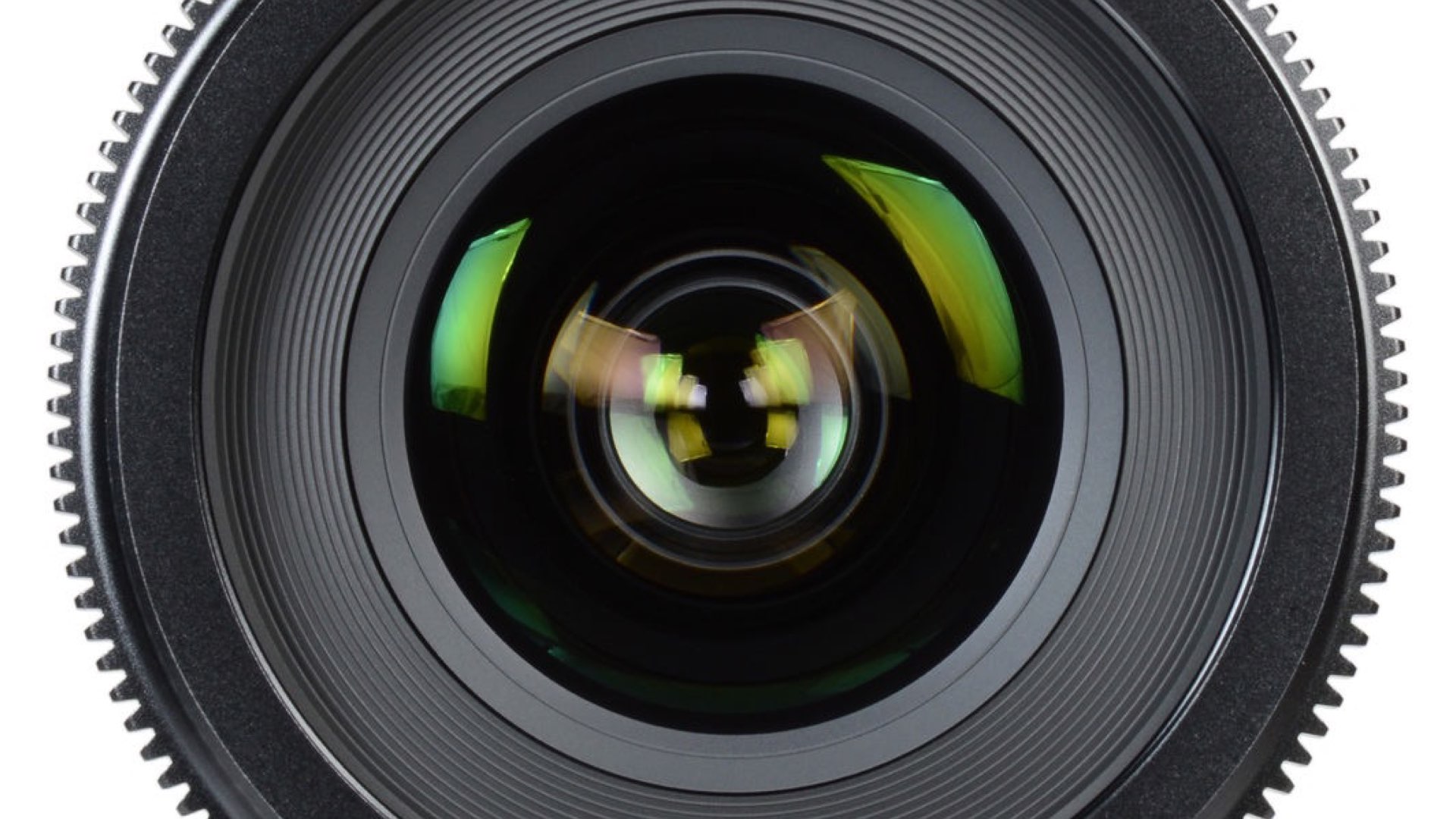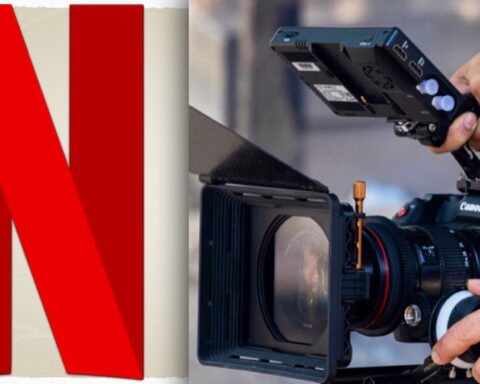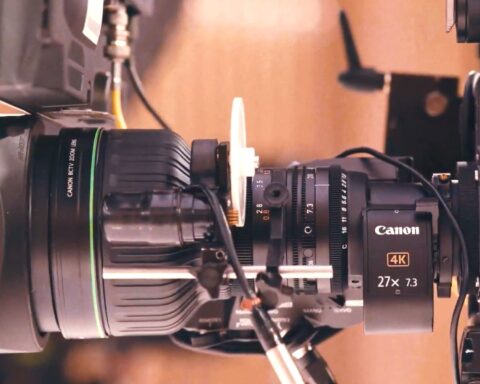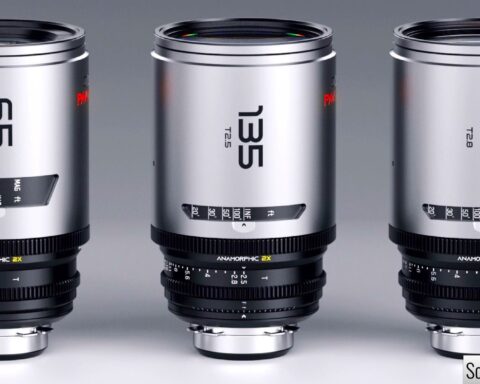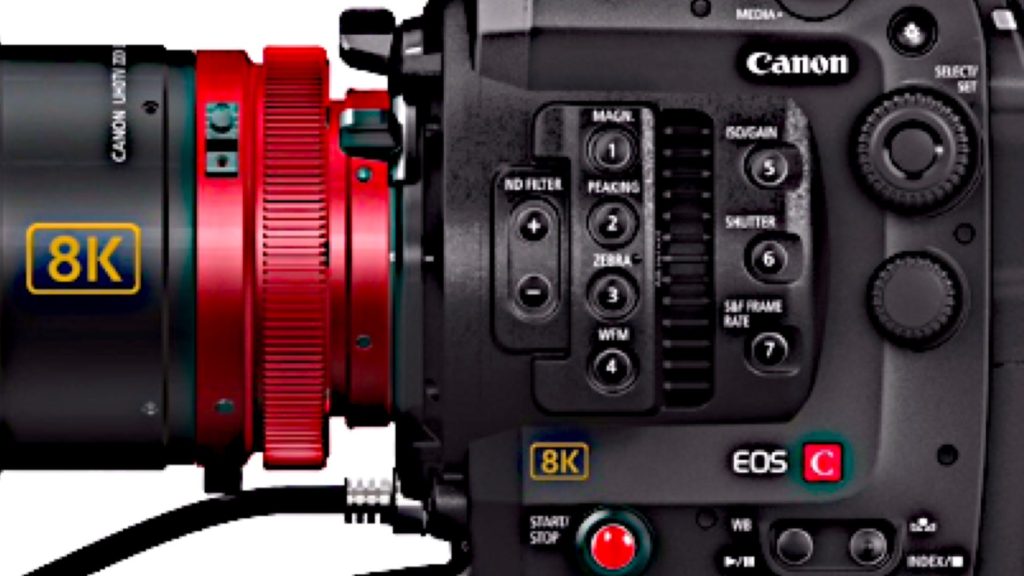Cinema lenses are known for their unique design, which is dedicated to filmmaking applications. In this article, we’ll try to clarify the main reasons for choosing those expensive cinema lenses over still (photo) lenses. In case you are considering to invest in cine-lenses, this article might be useful for you. Read our insights down below.
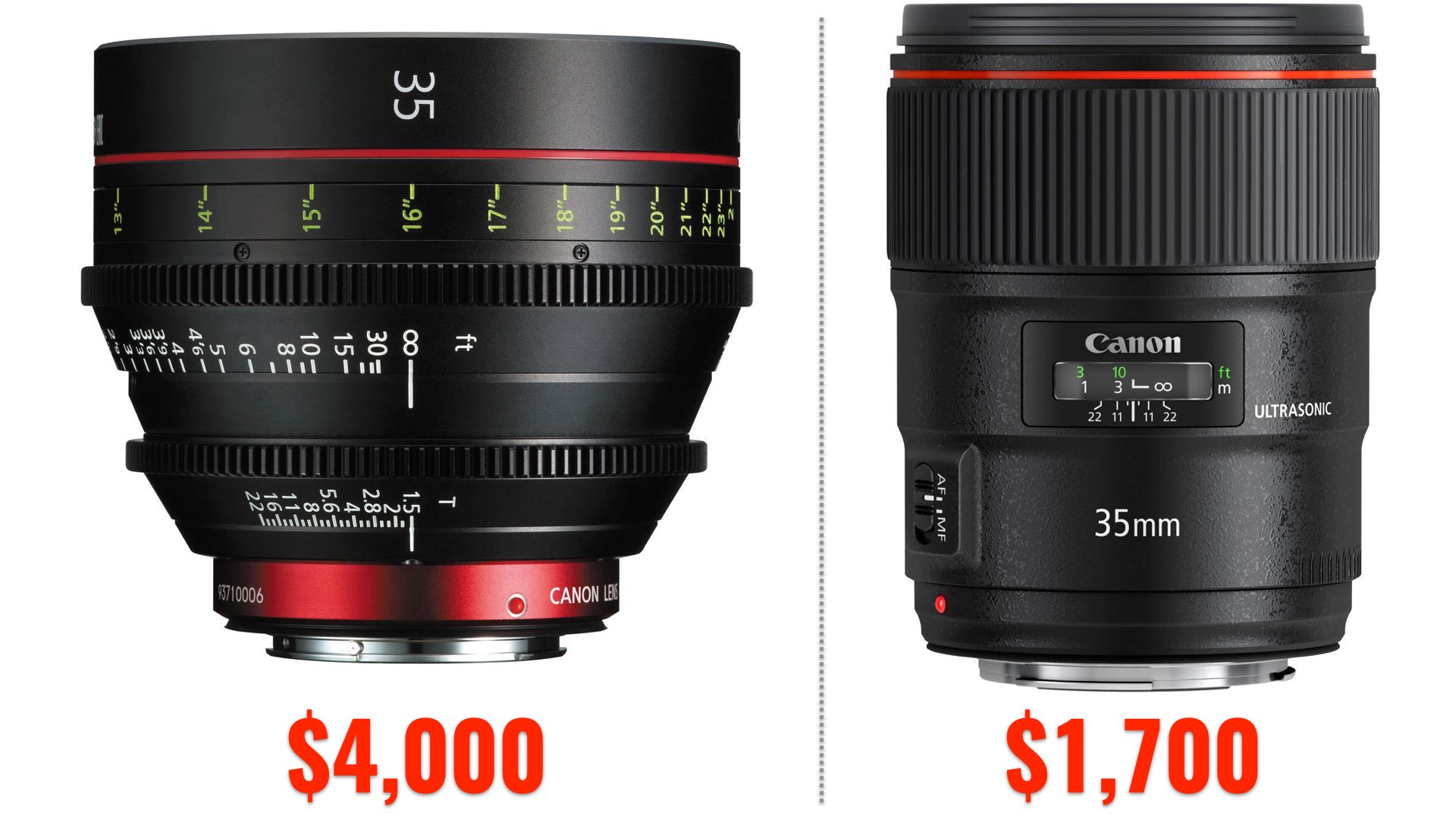
It’s not always about the image quality
Many of you think that cinema lenses are superior regarding image quality comparing to still lenses. That is not always true. In some cases, you will not notice any difference between a $500 glass and a $5,000 glass. Let’s take, for instance, Canon L-series, which is exceptionally high quality still lens. The L-series produces stunning imagery, even when shooting video. You’ll find the comparison between L-series and, let’s say, Canon cine-lens quite a challenging. Furthermore, this statement is very genuine regarding rehoused still lenses, like Xeen, the new Irix, and more. Many manufacturers are rehousing their still lenses into a cine lens design. In that case, the glass remains the same, and thus the quality.
Do not buy a cinema lens for its image quality. In most cinematic environments, you will not notice significant dissimilarities between them and high quality still lens
True cinema lenses
It’s important to emphasize that there are true cinema lenses like ARRI Signature Primes, Angenieux Optimo, Zeiss Supreme, Cooke, Panavision, and more. These are made with an ultra-polished glass that grants filmmakers an artistic and unique cinematic look. Moreover, certain cinematic conditions allow the full utilization of the pure cinema glass to produce preferred imagery compared to the still lens. Detailed benchmark cases will show some decent differences between the two. Nevertheless, in professional productions, when cinematic circumstances are involved, the cine glass will be restored to all its glory. We wrote a dedicated article regarding those large-format cinema lenses so that you can dive more into the details. Just remember that those lenses are costly and are used mainly on high-end productions, which means that most likely you will rent them when needed. Furthermore, there are much cheaper cinema lenses like Tokina, Canon Sumire, and more. These are much more affordable and will grant you the advantages needed on a professional production.
To sum it up: Do not buy a cinema lens for its image quality. In most cinematic environments, you will not notice significant dissimilarities between them and high quality still lens.
Design and structure as the main differences rather than image quality
Design means functionality and vice versa. The cinema lenses are made to meet cinematic productions demands, and needs.
Below you can find a simplified table with the major dissimilarities and characteristics of cine-glass compared to still (photo) glass. The table has been divided into these main differences: Robustness, Aperture, Dimensions, Preciseness, and Price. Press on the image to get a larger view:
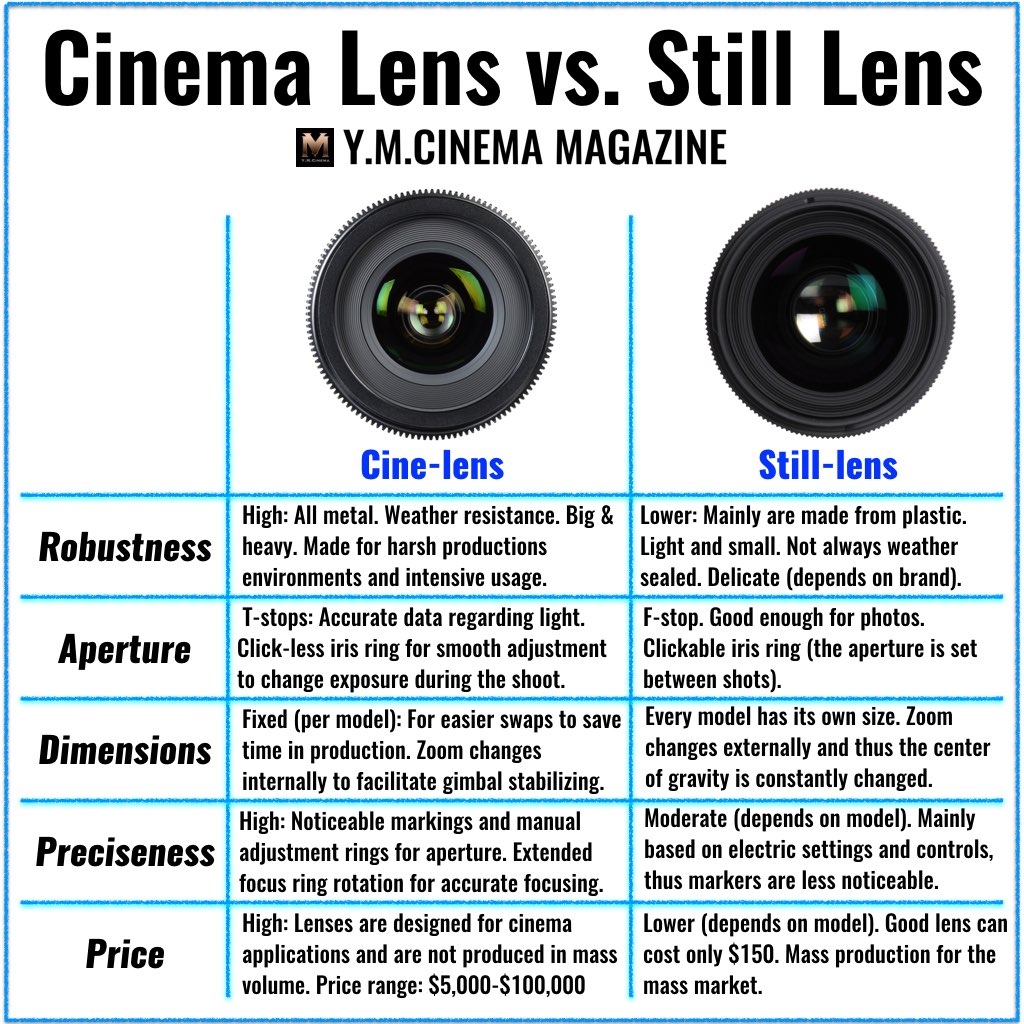
After studying the table, feel free to have a look at the picture below. Both lenses are Sigma 18-35mm. But can you tell which is cine-glass and which is photo lens?
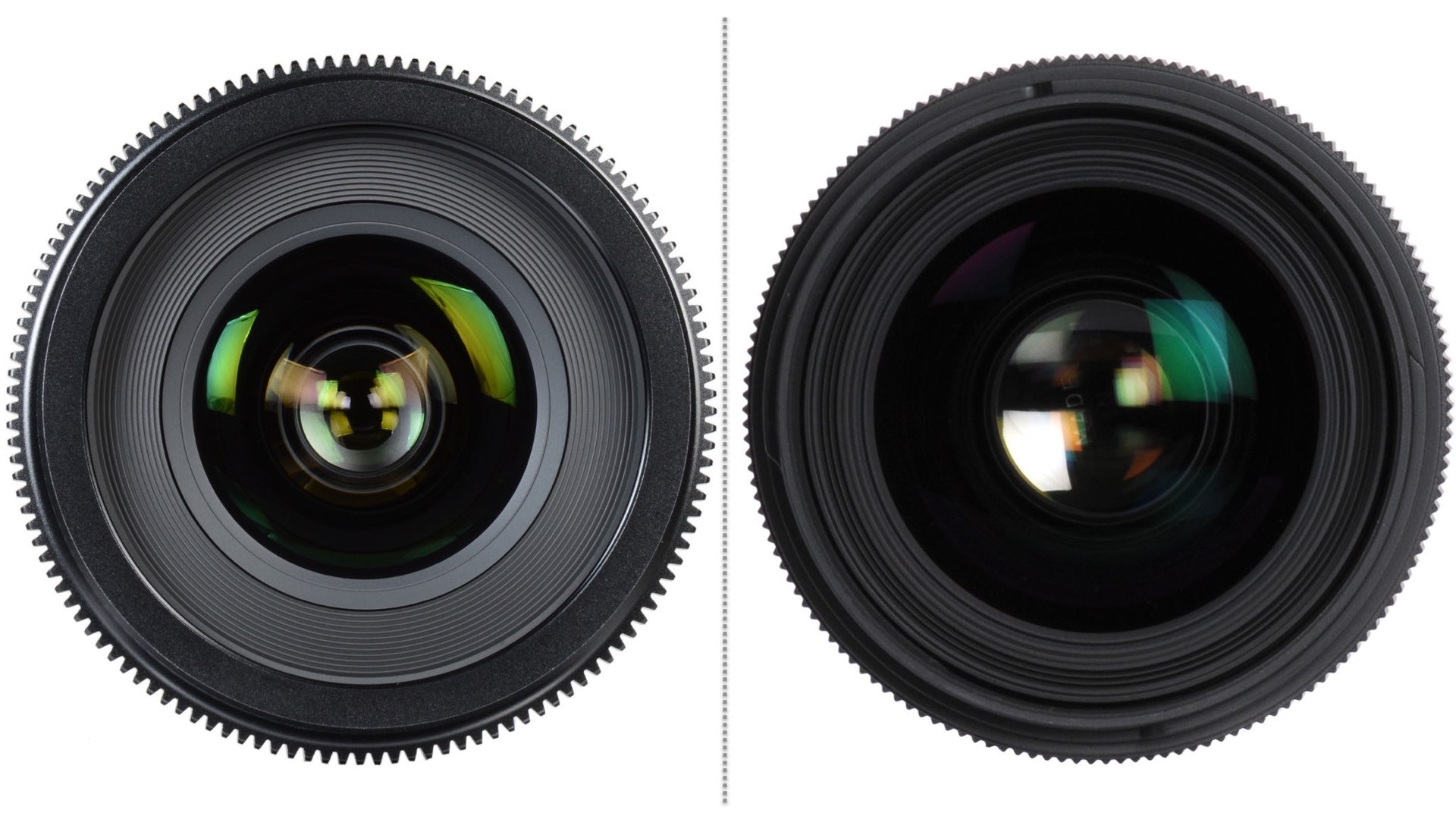
Design means functionality and vice versa
Now, look at the slide below to explore the answer:
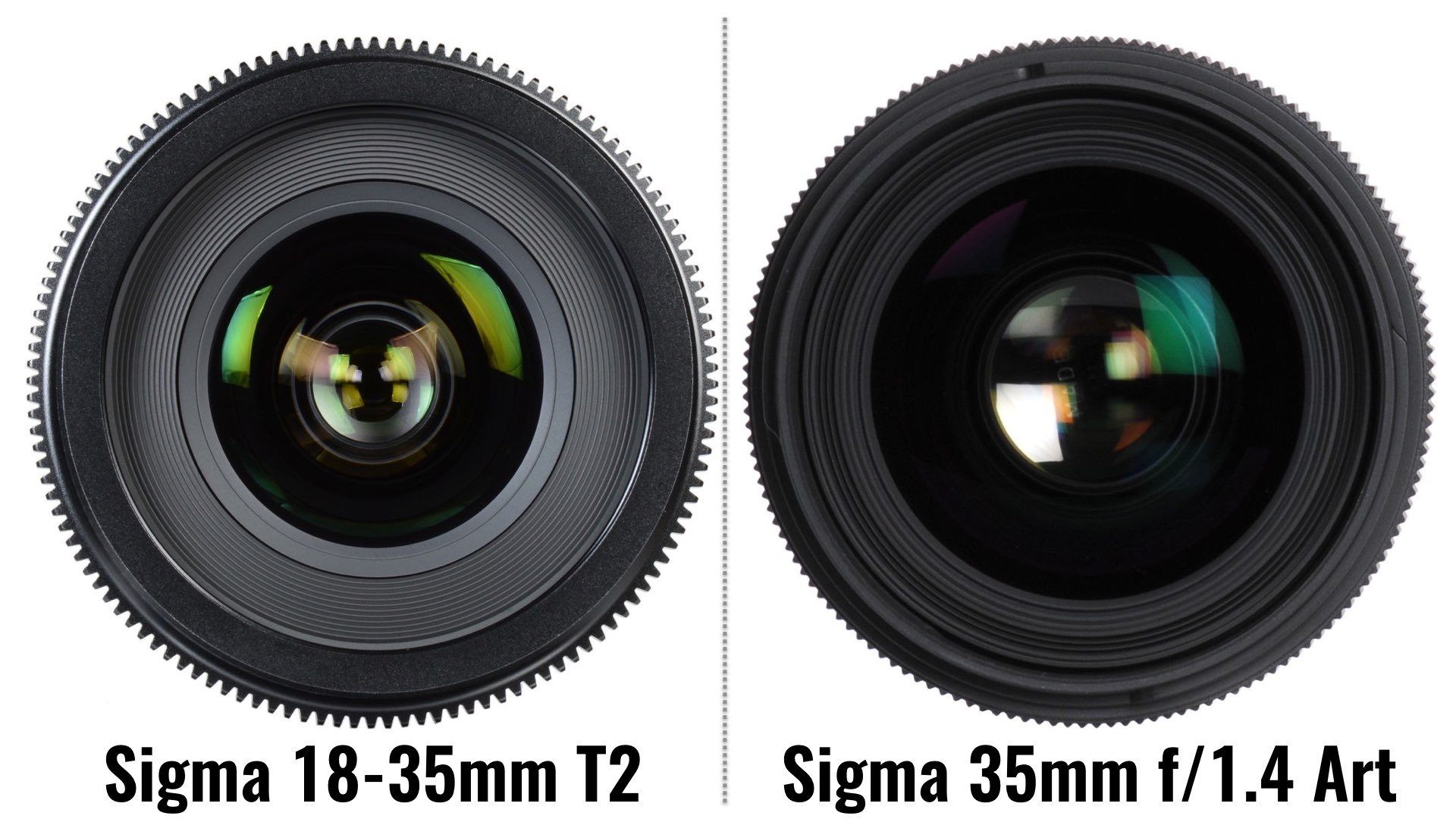
Keep down-scrolling to explore more examples and references for cinema glass compared to its photo-twin. Examine the design and understand the functionality. There is no need to demonstrate the main difference, which is the price. The still lenses described in this article are all very decent photo lenses that can produce extraordinary imagery. However, if you want to keep up with professional production requirements, you’ll need to pay that extra costs for the cine-glass.
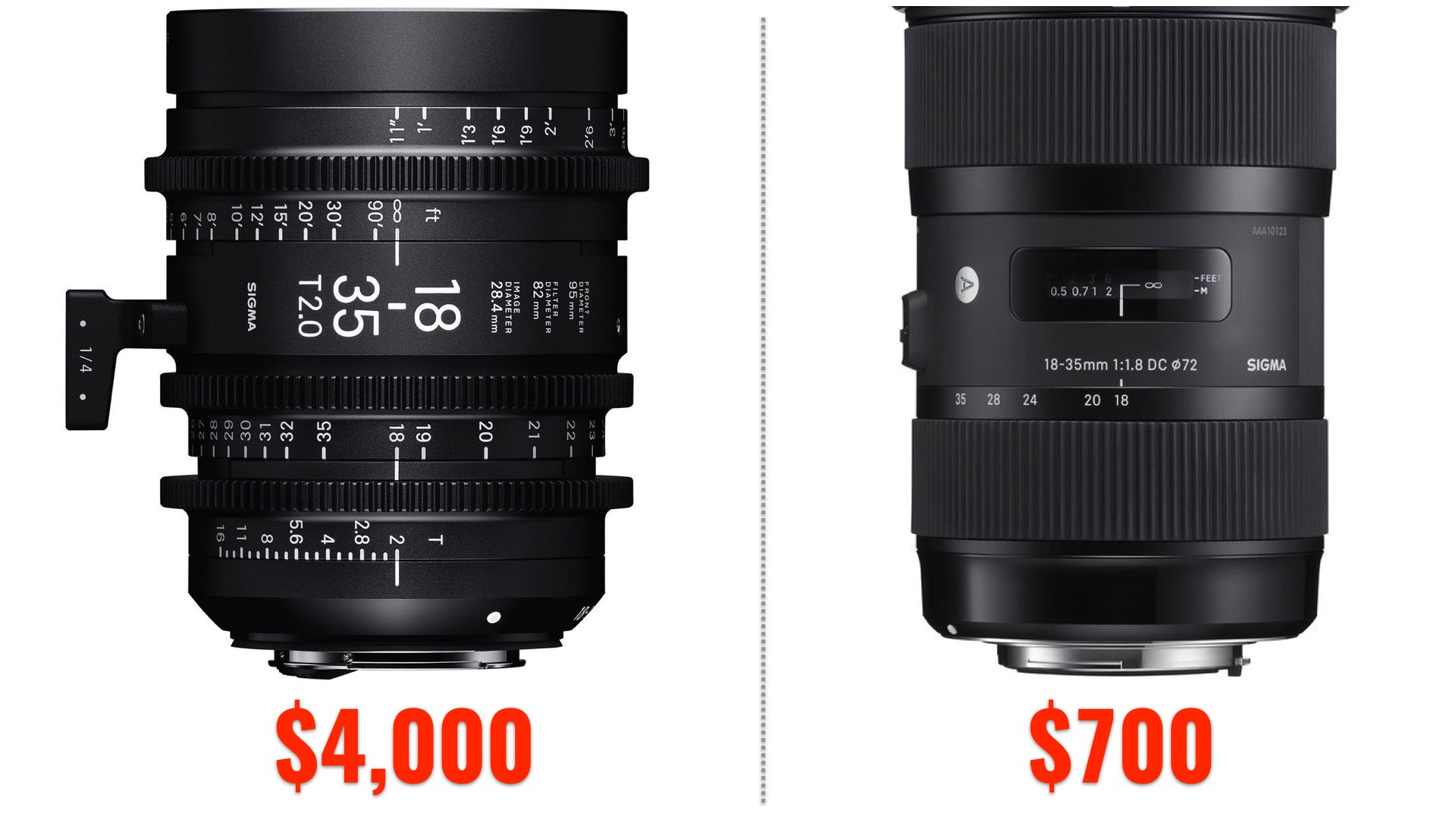
Conclusions
Buying a cine-lens is one of the filmmaker’s strategic decision. You should purchase cinema lenses only if your equipment and shooting style demands it. For instance, when using a follow-focus for fast and precise focusing, or when attaching the camera into a stabilizer that requires more than one-person operation. There are multiple guided lines for purchasing your first cine-lens rather than to improve your image quality.
Don’t agree? Do you think that image quality is the main factor for switching to cinema lenses? Let’s know your thoughts in the comments section below.


